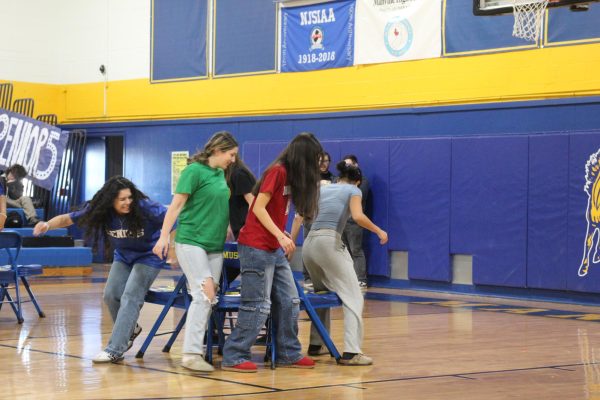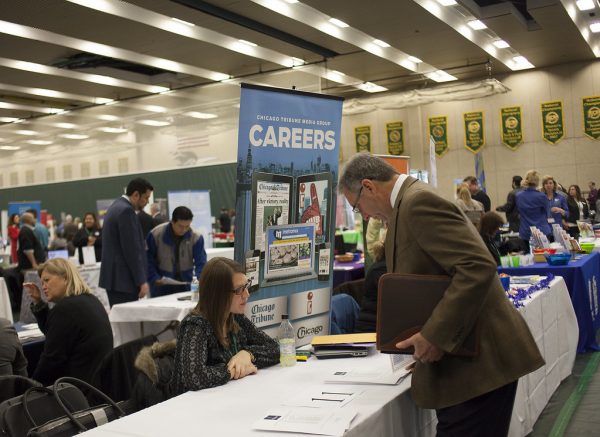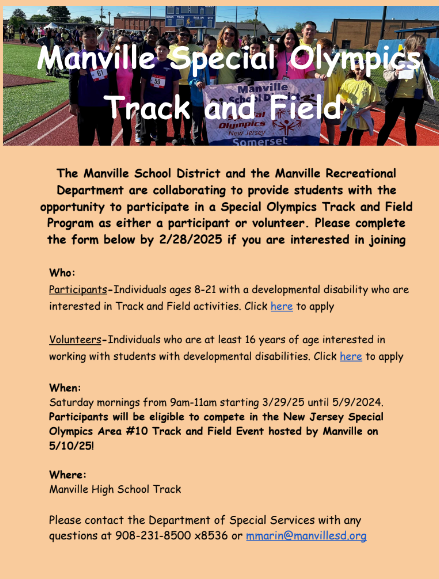Does Nature Have the Answer?
Nature is a living experiment. Over hundreds of years, the Earth has changed and so has the organisms that live on it. With everything nature has thrown, organisms must either adapt and survive or risk dying out. The plants and animals we have today are the survivors of those organisms who quickly adapted to major changes in their environment. Desert animals adapted to scorching heat by going underground during the day. Plants adapted to little sunlight by growing taller and having bigger leaves. Nature has already figured out what works, so how can humans use this to solve our problems?
Biomimicry is learning from nature and applying that to human invention and technology. The goal is to solve problems in a more sustainable way. The key idea in biomimicry is that humans are connected to nature, not separated from it. If we keep on taking from nature without replenishing, we risk completely destroying the Earth we depend on for life.
The idea is all well and good, but what has biomimicry actually done? Many people have encountered inventions that take inspiration from nature even if they don’t know it. Velcro is a good example. It was inspired by a plant structure called burrs. An engineer had gotten the idea for velcro when he saw burs getting stuck to a dog’s fur. He replicated the tiny hooks into what we know as velcro today. Biomimicry isn’t only useful for spontaneous inventions but is also used in many other industries.
In transportation, jets are also an invention that was created by observing nature. This inspiration came from birds. Not only were the physical shapes of birds looked at, but their flying techniques too. Birds are good at using the wind to their advantage and saving energy. One way they do this is by flying in a V-shape. Researchers found out that instead of flying jets alone, it saves more energy to fly in groups in a V-shape.
In medicine, biomimicry can be seen in many places. From the needles made to artificial limbs, there is a little inspiration everywhere. Studying gecko’s eyes, that are more sensitive than human’s, could be the way to improve vision loss. Or looking at the wings of cicadas, natural bacteria fighters, they could make more antibacterial materials for hospitals and clinics around the world. Even the trunk of an elephant can be studied to figure out ways to make stronger and more flexible artificial limbs.
These are only a few inventions that biomimicry has played a part in. From finding better ways to farm to building skyscrapers, biomimicry can be used to improve all parts of life. The solutions to our problems could be right under our noses, it just takes a curious look to find them.











